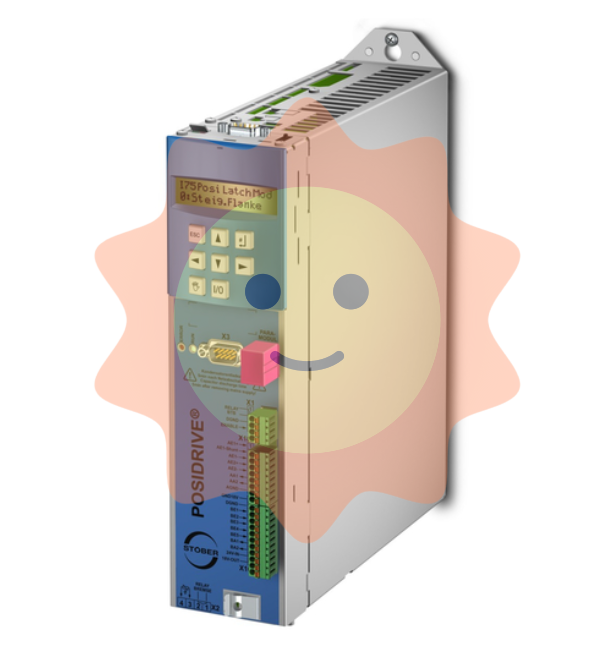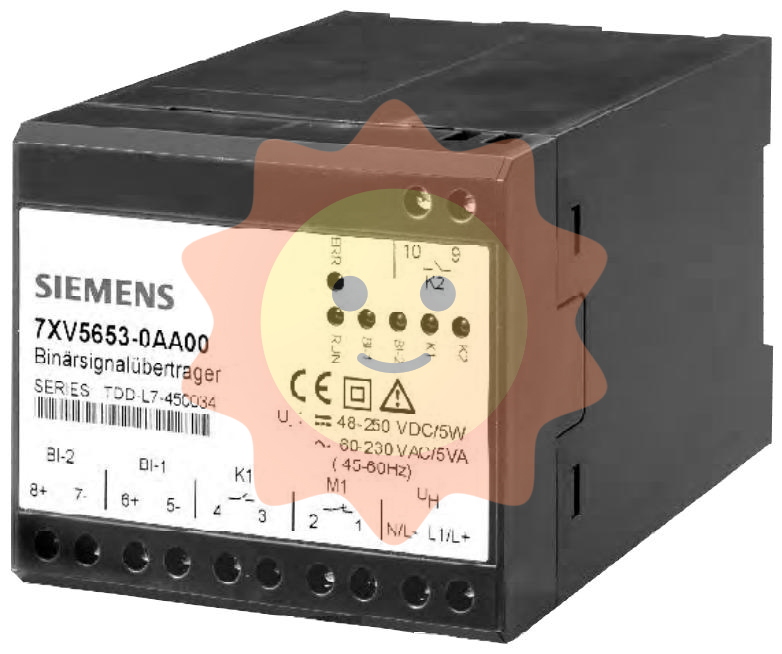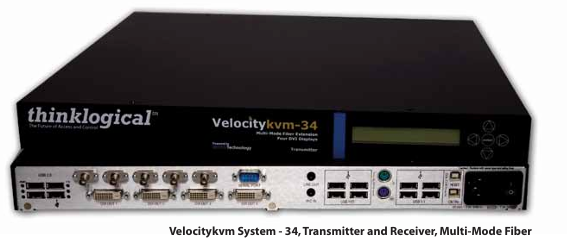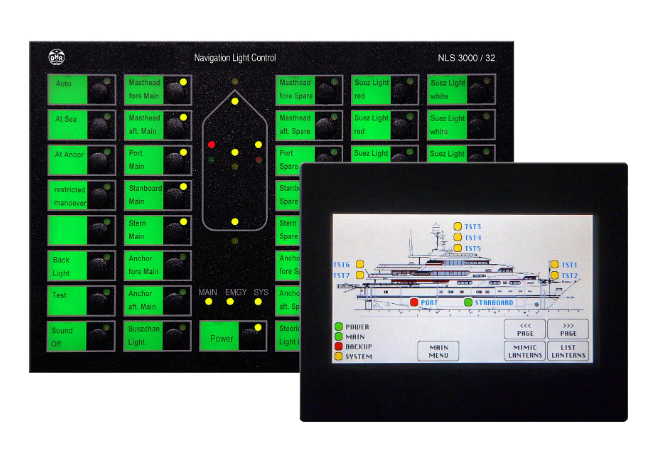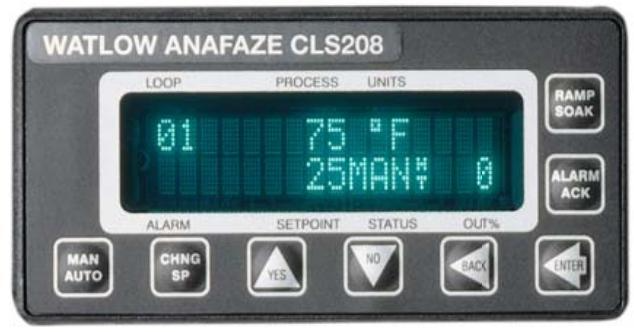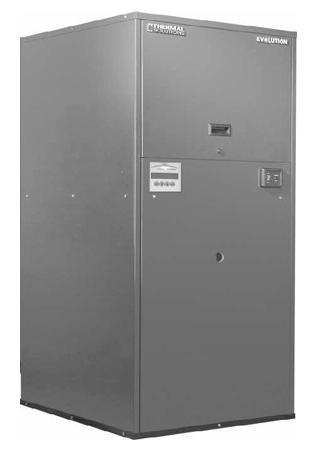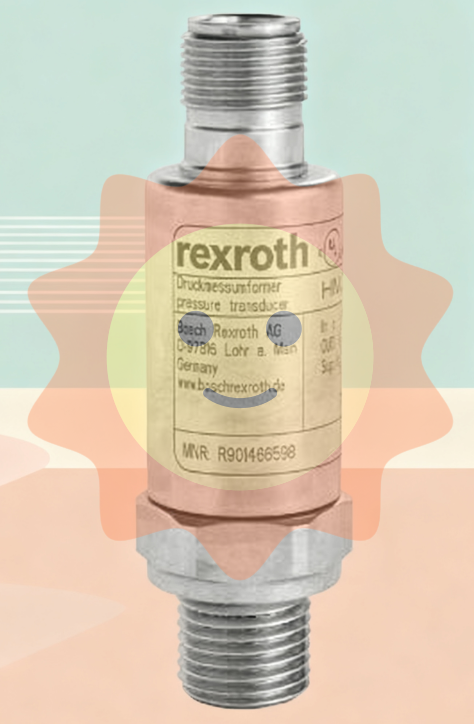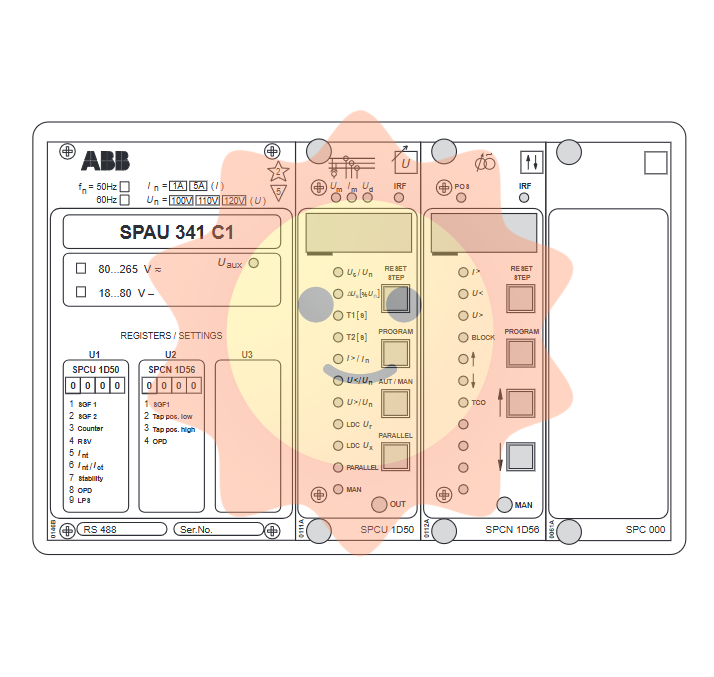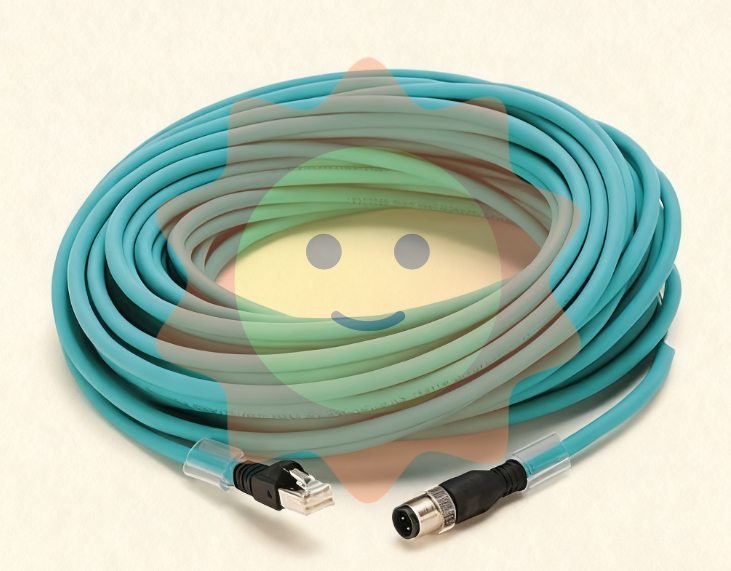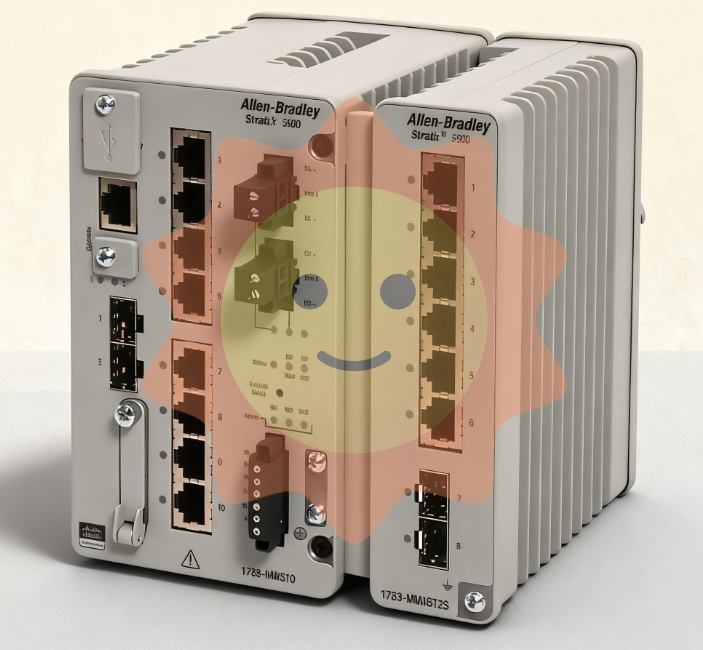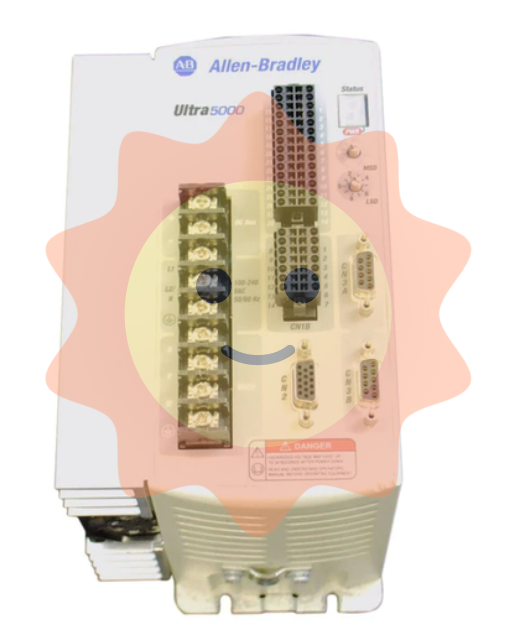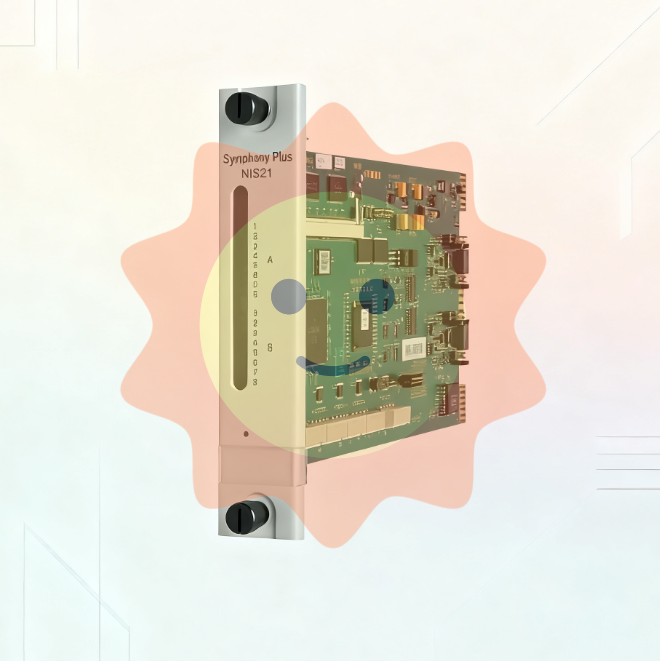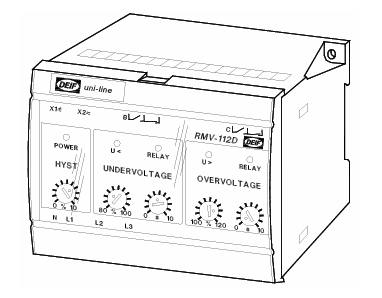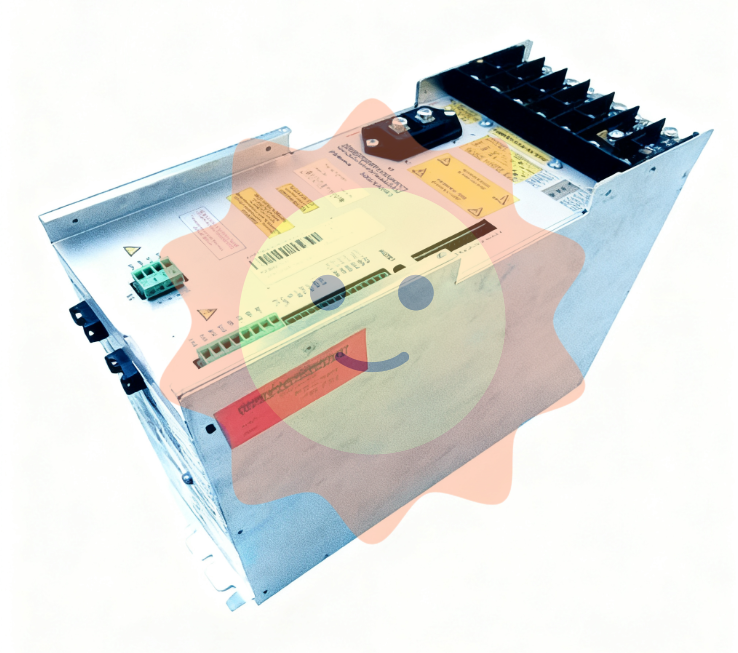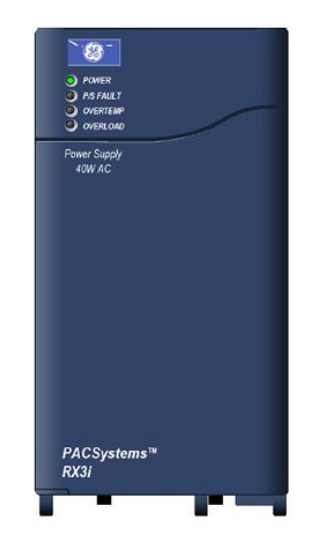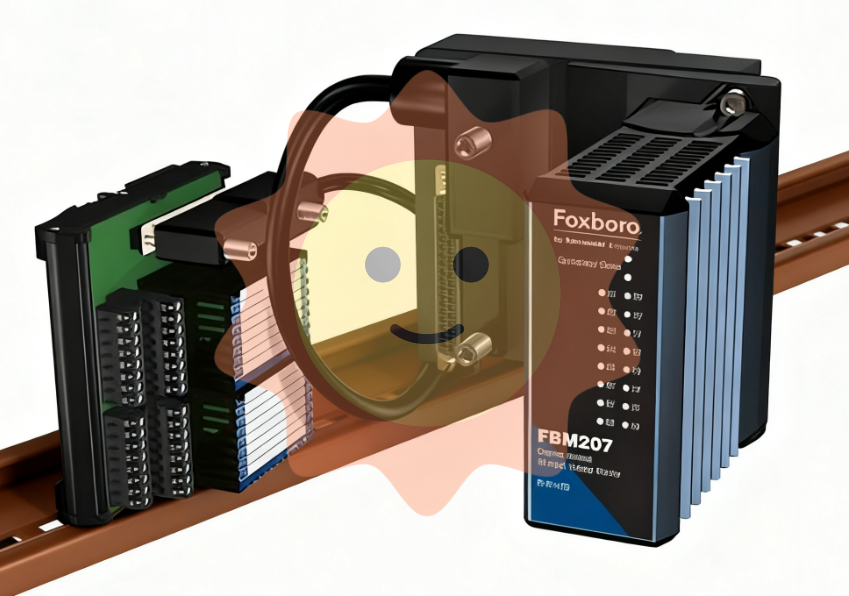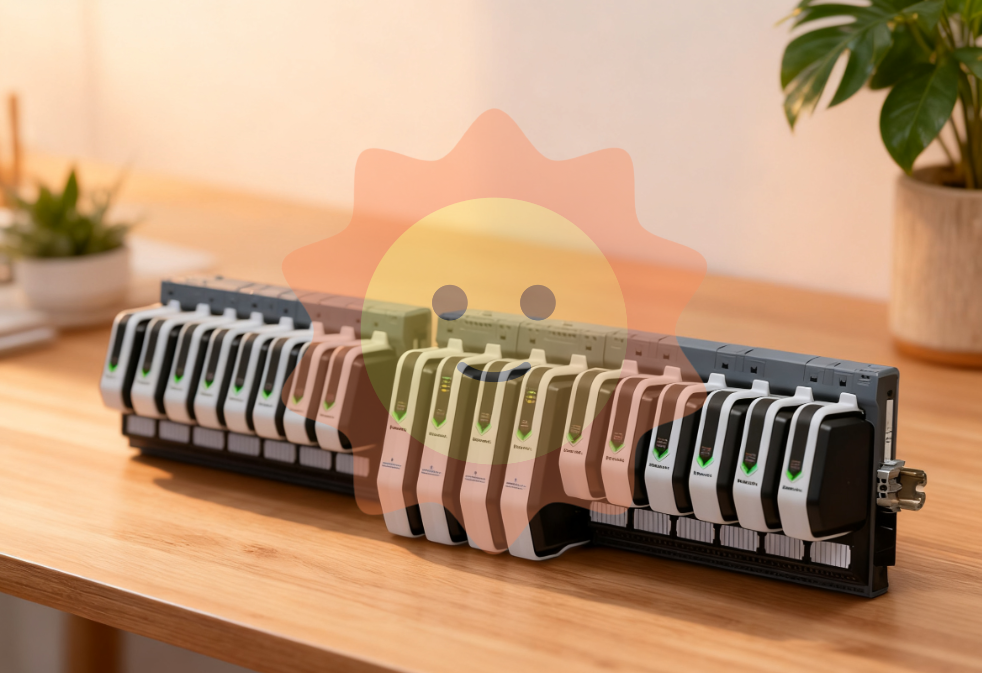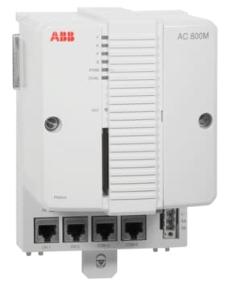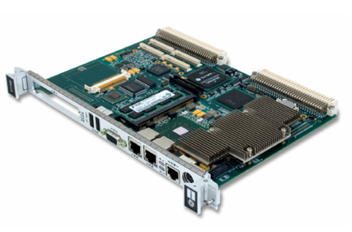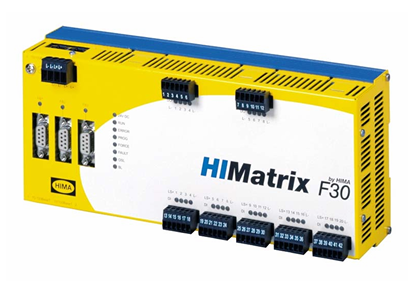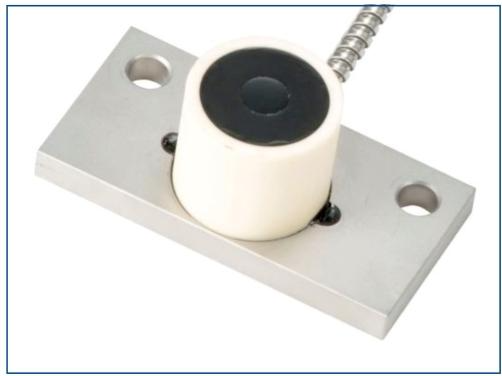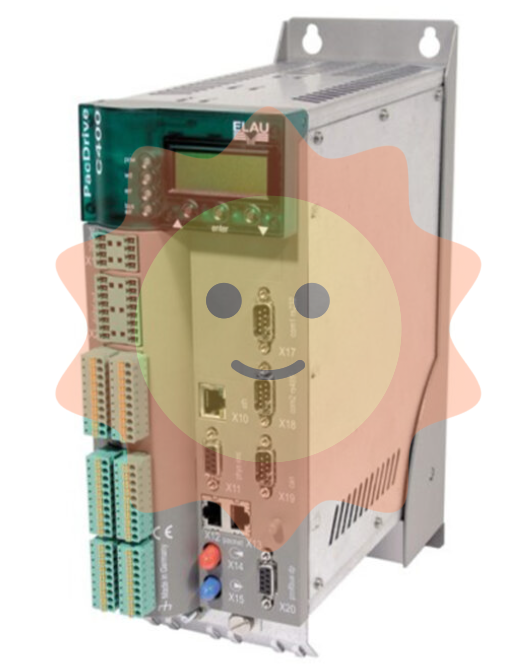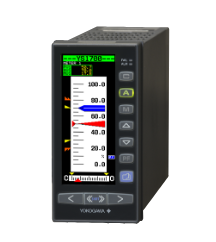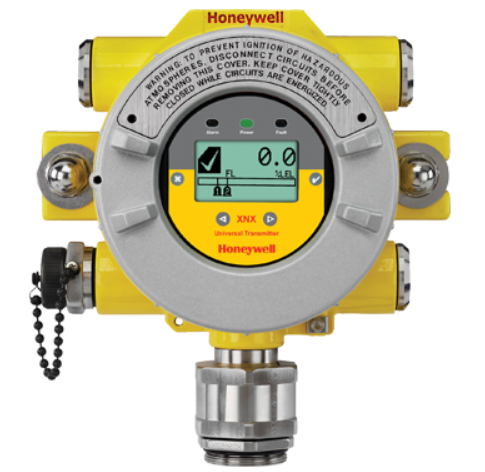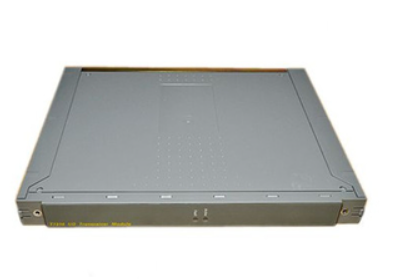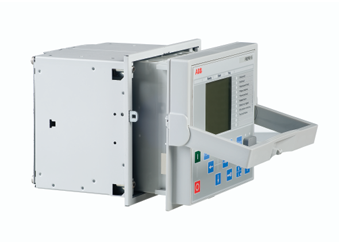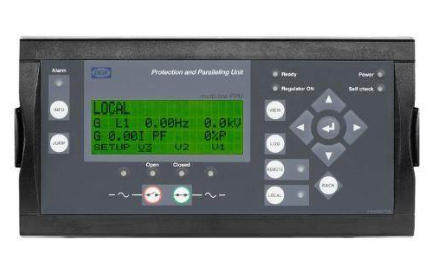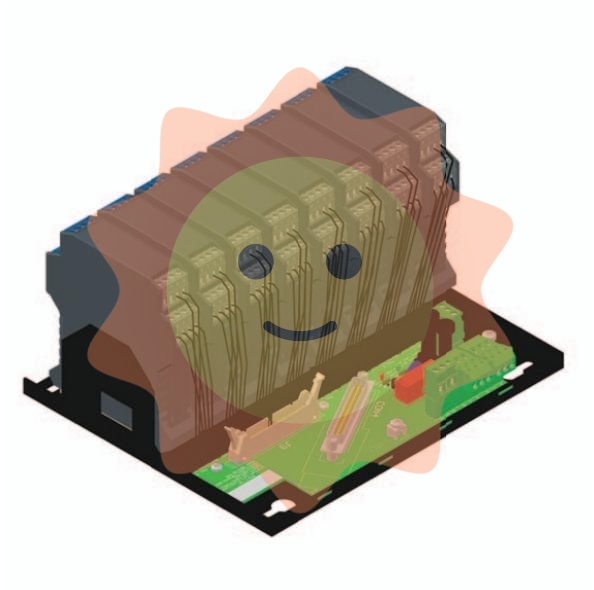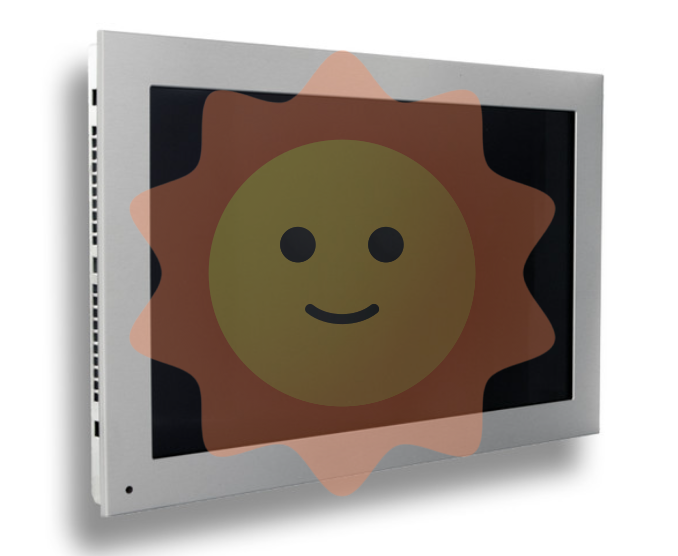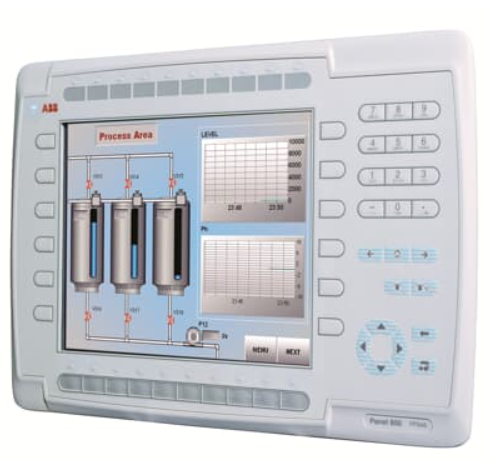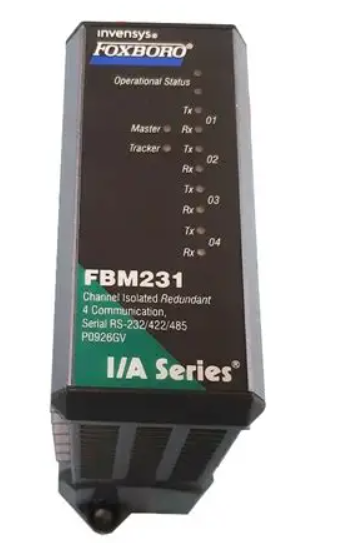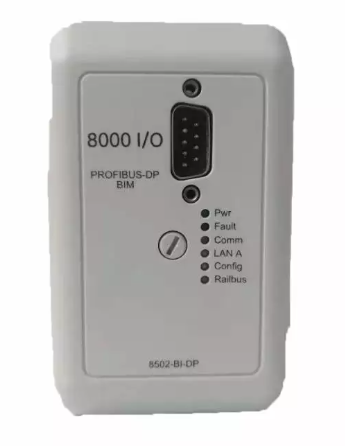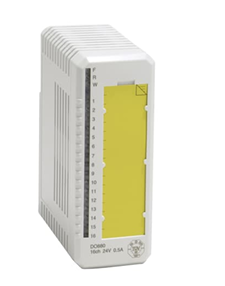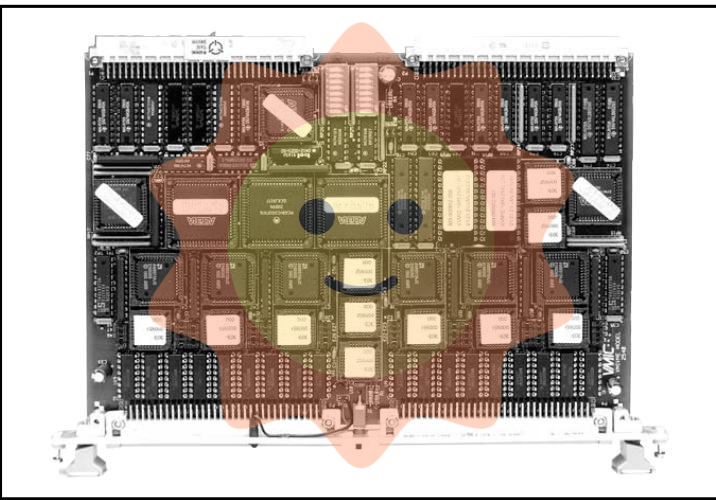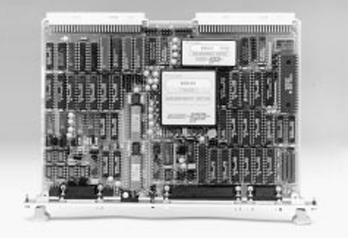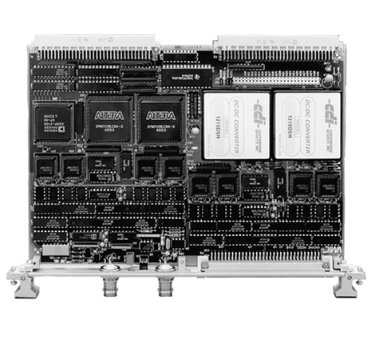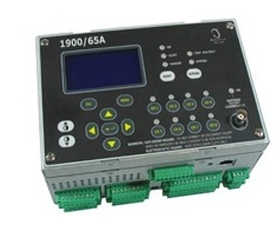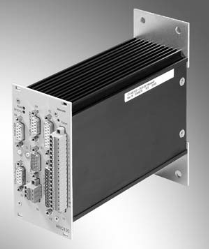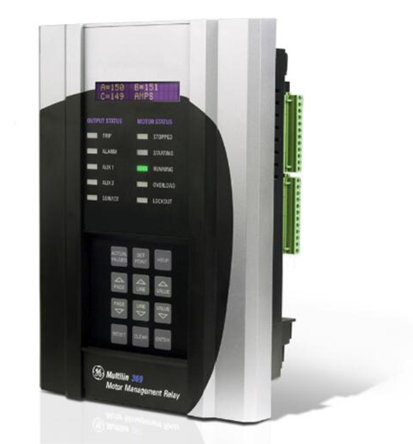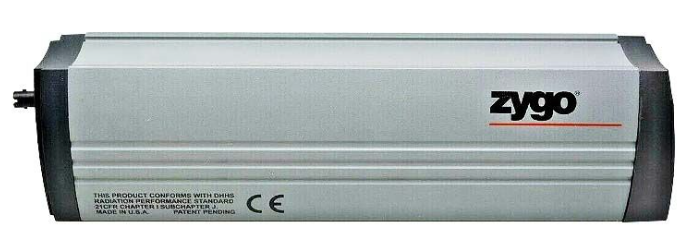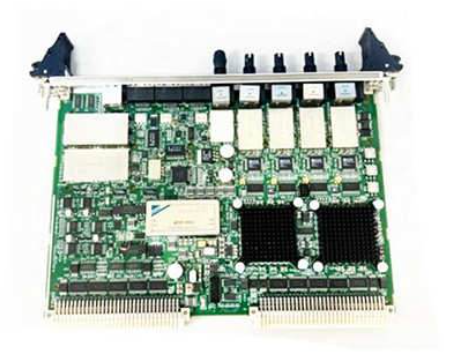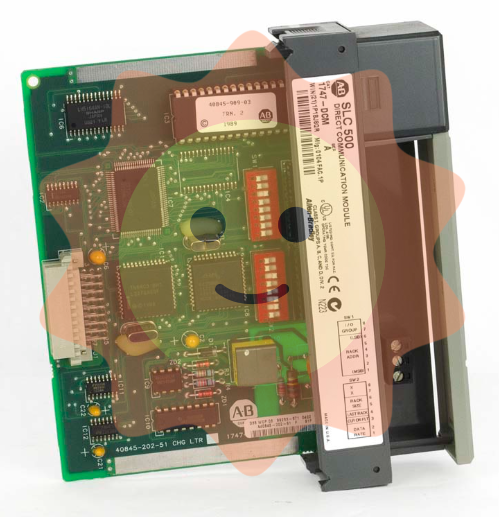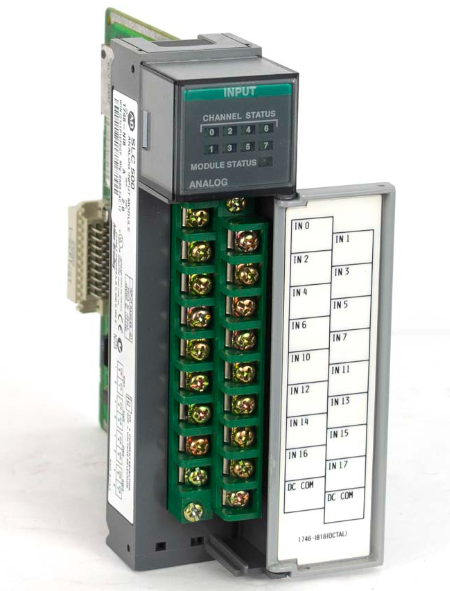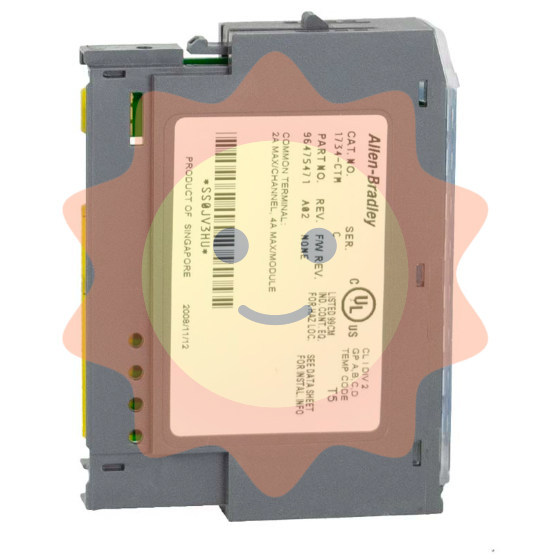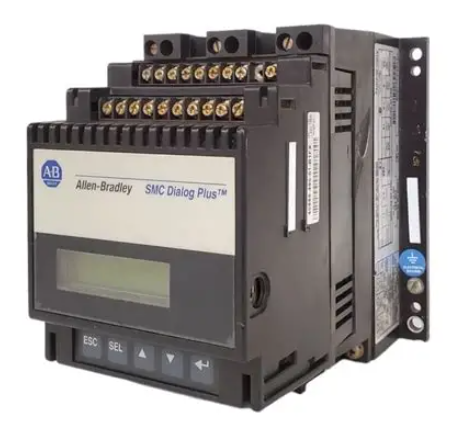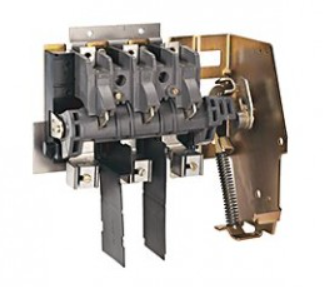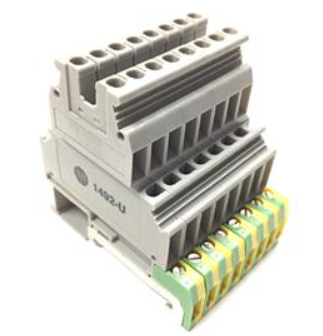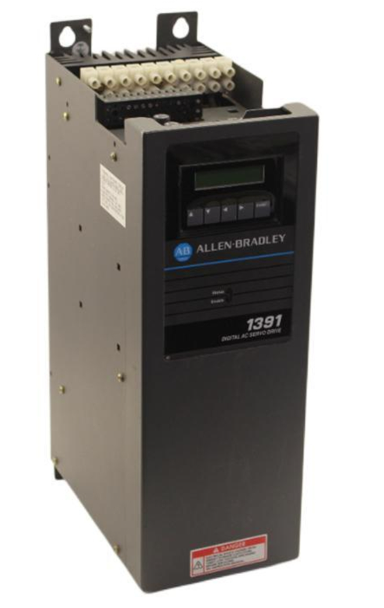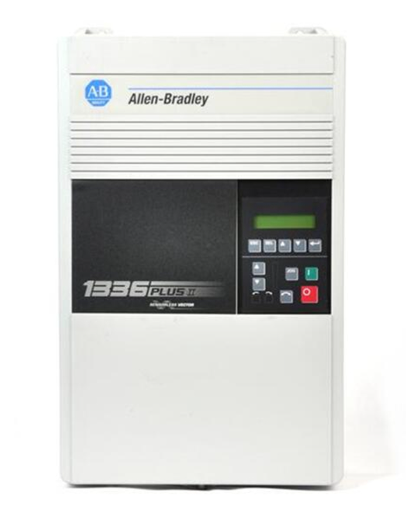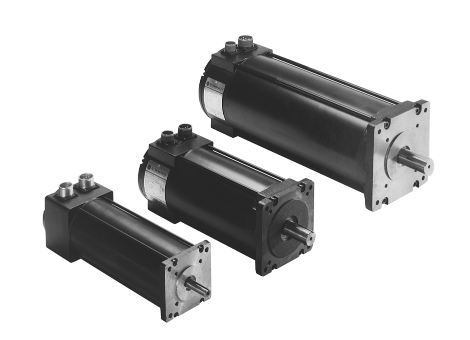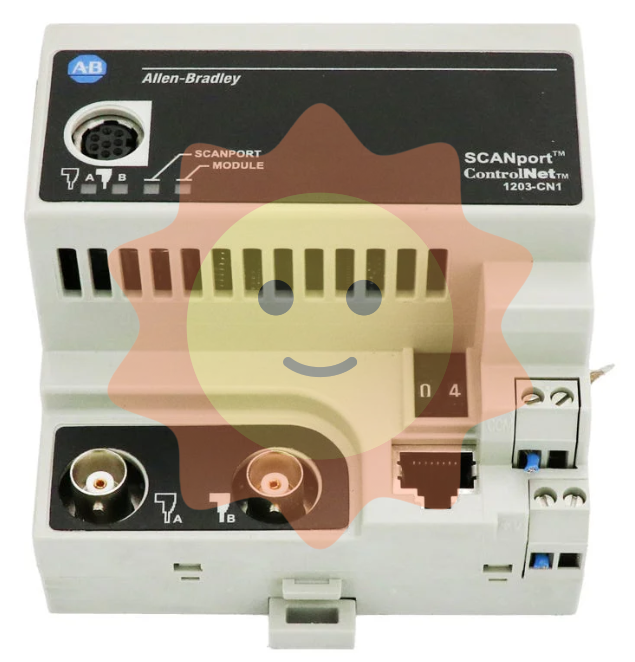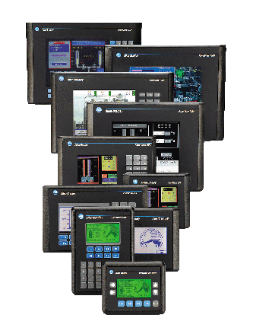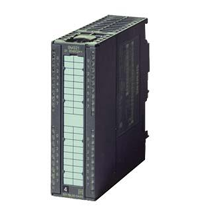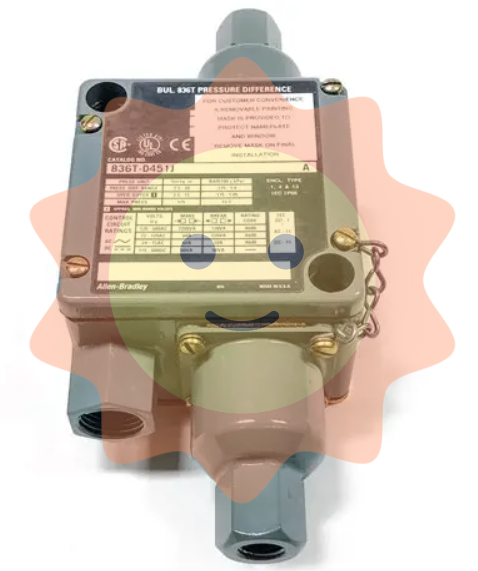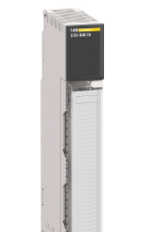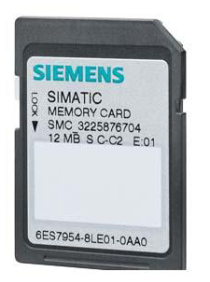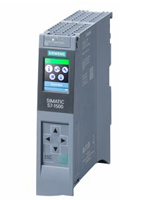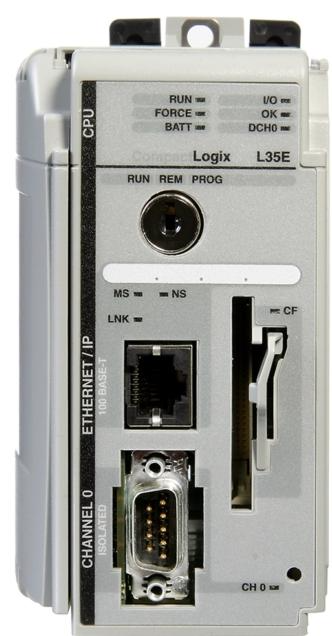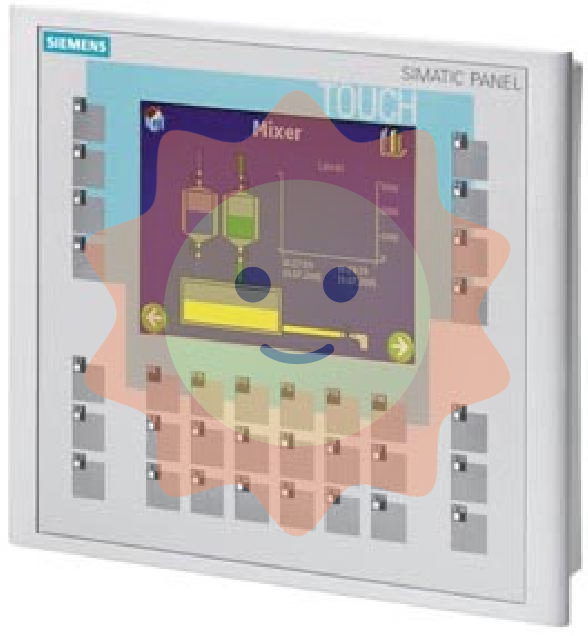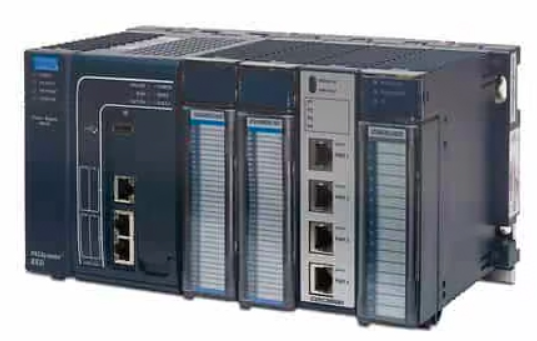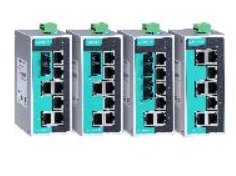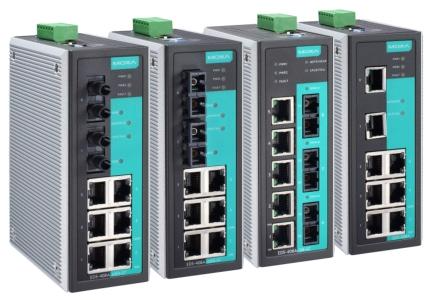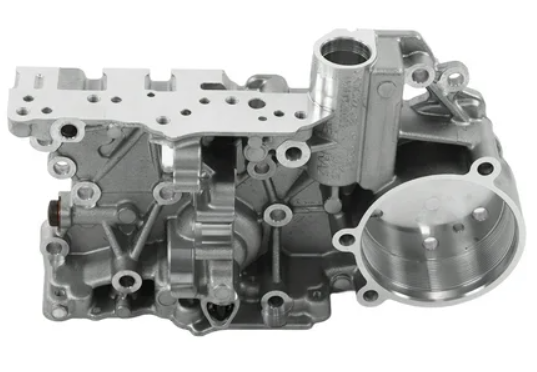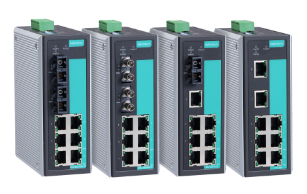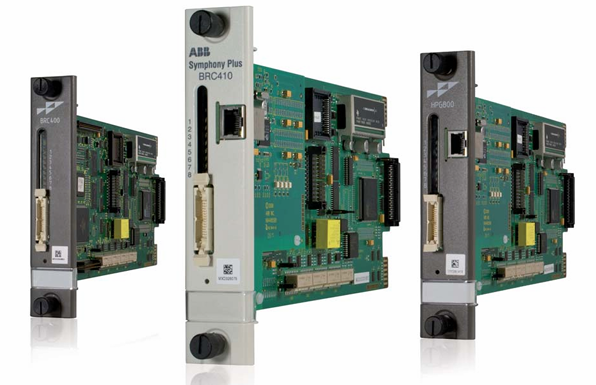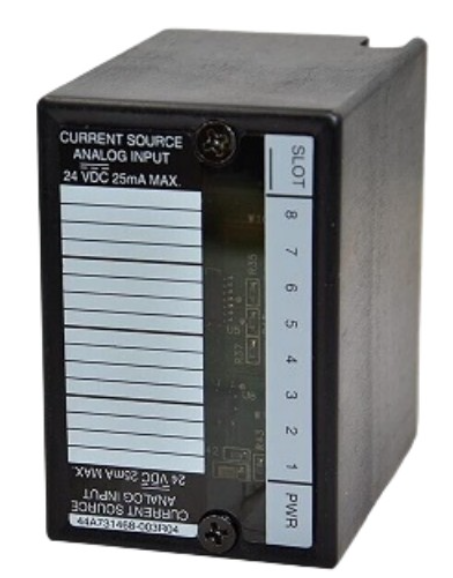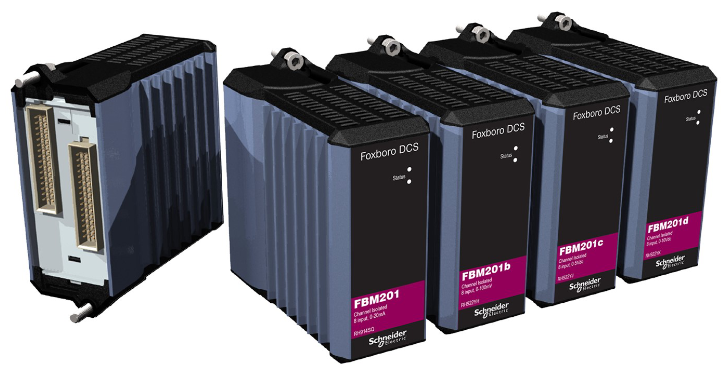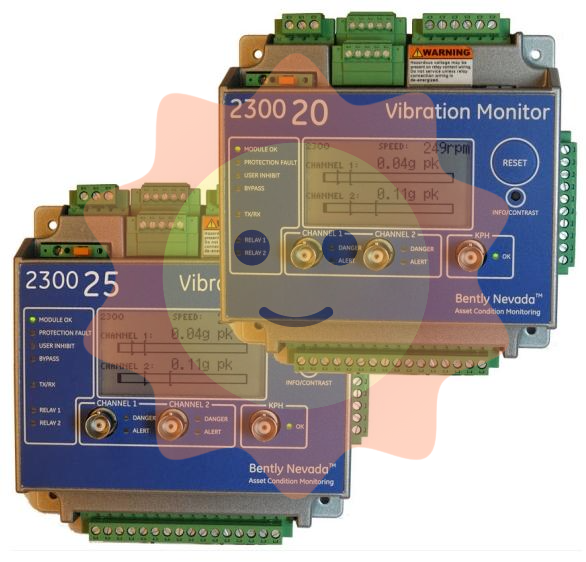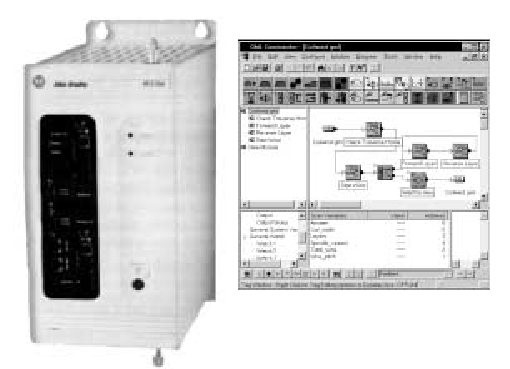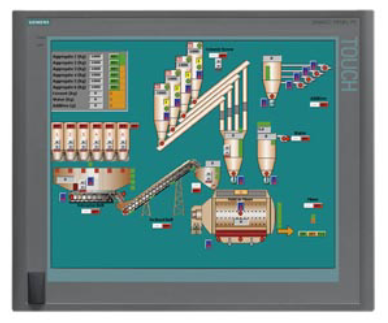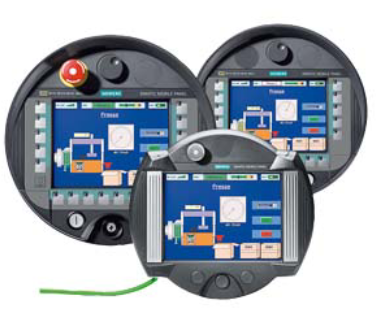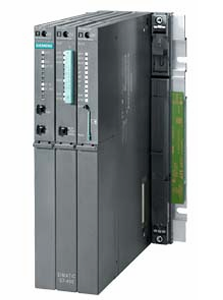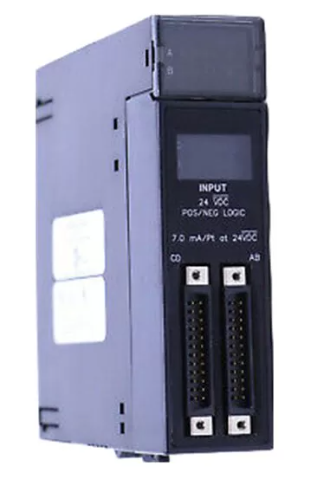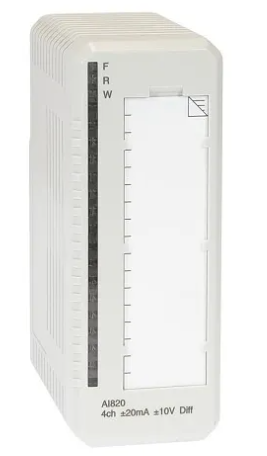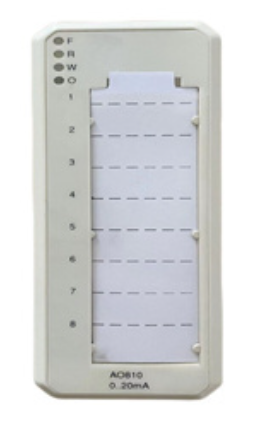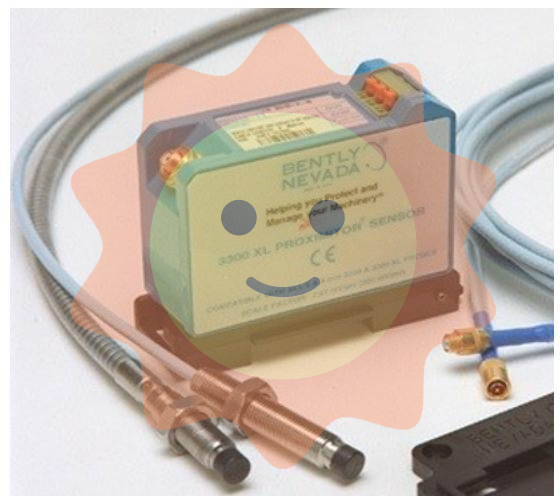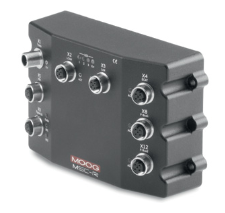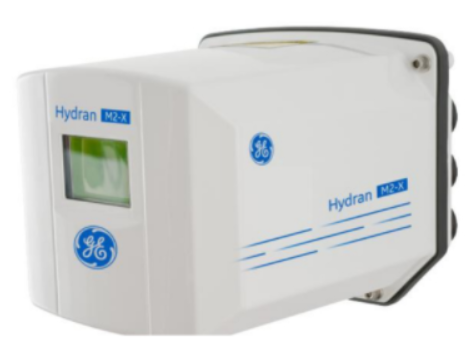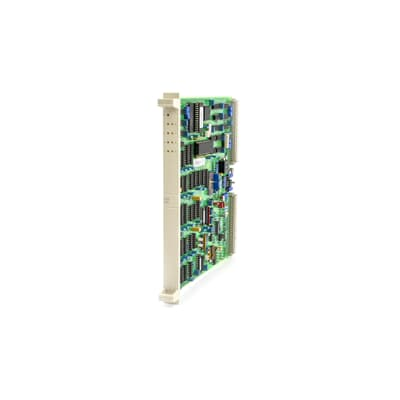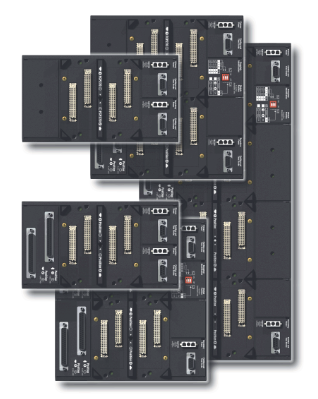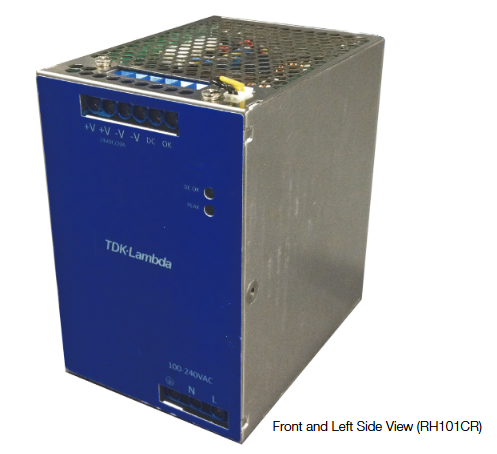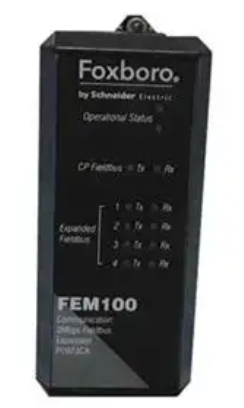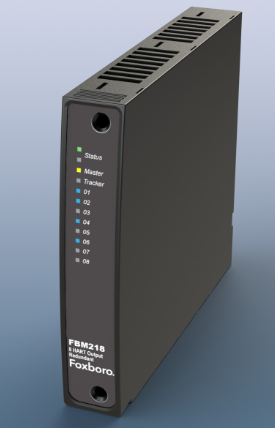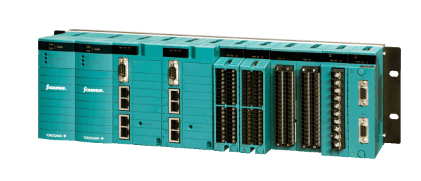ABB PMKHRMMCL10 System Cable 20"
Overview.
Product Definition and Function: The ABB PMKHRMMCL10 System Cable 20’ is a system cable used for the connection between devices in ABB's automation systems. It plays a key role in the transmission of signals and data throughout the automation system, ensuring that the different components (e.g. controllers, I/O modules, sensors, actuators, etc.) can communicate efficiently with each other, thus guaranteeing the proper functioning and co-ordination of the system.
Physical characteristics
Length and Size: The cable's 20-inch (50.8 cm) length is designed to make it useful in specific equipment connection scenarios, such as connecting adjacent modules or equipment in a control cabinet. Its medium outside diameter allows for easy wiring and installation in limited spaces without being too thick to take up too much space, and it is strong enough to prevent damage.
Cable Material:
Conductor material: the internal conductor is usually made of high-purity copper. Copper has good electrical conductivity, which can effectively reduce the resistance loss during signal transmission and ensure high quality signal transmission. The thickness and number of cores will vary according to the designed use of the cable and the type of signals to be carried to meet different current and signal transmission requirements.
Insulation and sheathing materials: The insulation layer is generally made of high-quality insulating plastics such as polyvinyl chloride (PVC) or cross-linked polyethylene (XLPE), which have good insulating properties, prevent short-circuiting between the different cores, and are able to withstand a certain level of voltage. Sheathing materials are characterised by their resistance to abrasion, corrosion and weathering to protect the conductors and insulation inside the cable from the external environment and to ensure that the cables can be used stably for long periods of time, even in harsh industrial environments.
Electrical Performance
Signal transmission characteristics:
Bandwidth and transmission rate: it can support a certain bandwidth of signal transmission, the exact value depends on the design specifications of the cable. When transmitting data signals, it can meet the data transmission rate requirements commonly found in ABB automation systems, for example, when transmitting control signals and monitoring data, it can achieve a high transmission rate to ensure the real-time and response speed of the system.
Signal integrity: Signal attenuation and distortion are effectively reduced through rational cable structure design and material selection. For example, the use of twisted pair or shielded structure to reduce the impact of electromagnetic interference on the signal, to ensure that the signal is transmitted over long distances or in complex electromagnetic environments, but still be able to maintain a high level of integrity, so that the receiving end can accurately parse the signal content.
Electrical parameters:
Rated voltage and current: with clearly defined parameters for rated voltage and current, the rated voltage usually meets the supply and signalling voltage requirements commonly found in ABB automation systems, and can typically reach levels of several hundred volts. The current rating is determined according to factors such as the thickness of the cable core and heat dissipation conditions, and can safely carry the current required for communication and power supply between the various devices in the system, preventing overloading and overheating.
Impedance matching: The characteristic impedance of the cable matches the input and output impedance of the connected equipment, which is one of the important factors to ensure efficient signal transmission. Suitable impedance matching can reduce signal reflection, improve signal transmission efficiency, and avoid signal interference and distortion caused by reflected waves.
Application Fields
Industrial automation control system: It is widely used in industrial automation production lines, such as automobile manufacturing, electronic equipment manufacturing and other industries. In automotive production lines, it can connect robot controllers, sensors (e.g., position sensors, vision sensors) and actuators (e.g., electric fixtures, spraying equipment) to ensure precise communication and collaborative work between various parts of the production line, and to improve production efficiency and product quality.
Process control systems: play an important role in the chemical, pharmaceutical, food and beverage and other process control industries. It is used to connect various process control equipment, such as temperature controllers, pressure transmitters, flow control valves, etc., to achieve accurate control and monitoring of key parameters in the production process. In chemical production, it can accurately transmit signals of reaction temperature, pressure and other parameters to ensure the stability and safety of the chemical reaction process.
Energy management system: It is also used in energy fields such as power systems and energy distribution networks. For example, in substations, it is used to connect smart meters, relay protection devices and monitoring systems to ensure accurate transmission of energy data and reliable control of energy systems, which helps to realise efficient management and rational distribution of energy.
Intelligent Building Automation System: It is used to connect various automation devices in buildings, such as HVAC (heating, ventilation and air-conditioning) systems, lighting systems, lift control systems and so on. Through this cable, data can be exchanged and control signals can be transmitted between different equipments to achieve intelligent management of buildings, such as automatically adjusting the temperature and lighting brightness according to the indoor environmental conditions to improve the comfort and energy efficiency of the building.

- User name Member Level Quantity Specification Purchase Date
- Satisfaction :
-









Email:wang@kongjiangauto.com









